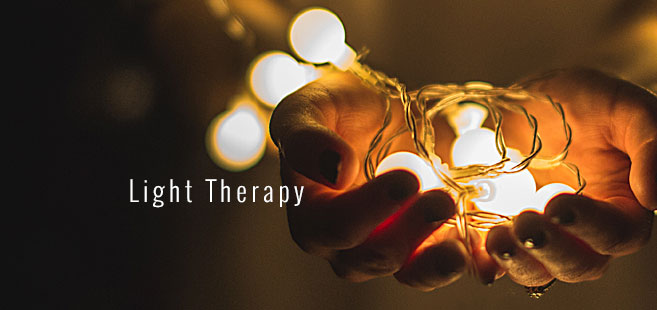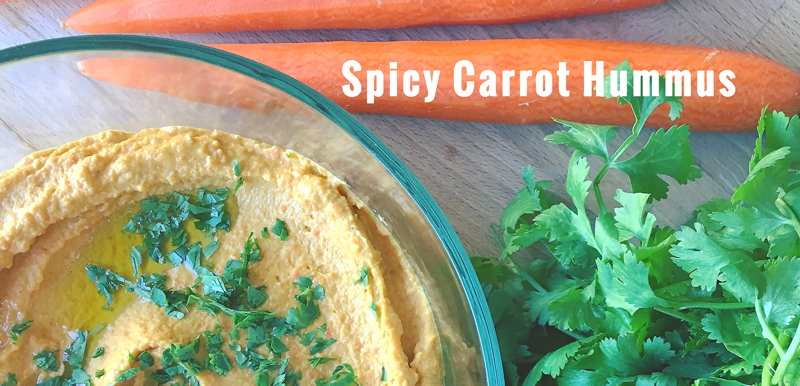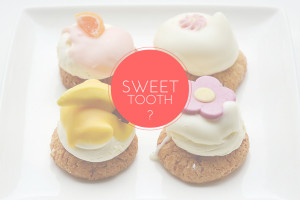
Each year, we hear about new trends in do-it-yourself health care. Some are worthwhile, while some are a waste of time and money, even dangerous. Lately I have noticed that patients are utilizing essential oils, so I thought I’d take a moment to set the record straight on these popular potions, which claim to cure everything from acne to anxiety.
The “essence” of the plants’ fragrance and characteristics.
Essential oils are highly concentrated oils which have been extracted from plants, and are deemed “essential” because they contain the “essence” of the plants’ fragrance and characteristics. Due to their concentrated nature, however, these oils should be used with care and respect, as misuse can potentially cause harm. Here are a few facts to keep in mind prior to dabbling in a potentially slippery slope.
1. Quality.
Currently, there is no independent medically-accepted body that regulates or certifies oil quality, so buyers must beware. There are false claims regarding quality and touting the use of “therapeutic grade,” a meaningless term created and registered by one of the largest distributors of essential oils. For example, 43% of the commercial examples of tea tree oil do not have the appropriate chemical components, and some actually contain contaminants. It is important to purchase from a known distiller who harvests the oils at the correct time, using knowledge of peak growing conditions. Buying organic (but not raw) is important and substitutes are dangerous. A few recommendations to consult prior to purchasing are the National Organic Program (NOP), the USDA or EcoCERT. My rule of thumb: If the price is too good to be true, you are probably purchasing a lesser quality product.
2. Undiluted Oils.
While there are several causes of adverse reactions to essential oils, the most common can be easily avoided: Do not put drops of essential oils into a bath and step into it, as oils do not mix with water and will float on the top, creating a not-so-soothing experience. In addition, contact with water makes oils evaporate less quickly, increasing the body’s absorption of unwanted elements such as parabens. In an effort to avoid health hazards, I highly recommend researching safe ways to dilute essential oils prior to using them.
3. Ingesting.
Unless recommended by a trained practitioner, essential oils should not be ingested. They may be harmful to the body’s microbiome, delicate mucosa of the mouth and gastrointestinal tract.
4. Overuse.
It is not advisable to directly and intensively inhale essential oils for longer than 15 to 20 minutes. The ideal concentration of essential oils should produce a faint scent rather than bombarding the room with bouquet. In addition, constant use of diffusers may harm your pets, as they have sensitive systems that cannot tolerate long periods of inhalation. Remember: Less is more.
5. Misinformation.
Many of the claims and recommendations made regarding essential oils are false and provided by untrained practitioners. For example, patients have asked me recently about Frankincense Essential Oil due to misleading and confusing information on websites and in blogs. At the root of the problem is knowing the difference between Frankincense Essential Oil and Frankincense, which is a resin that contains a promising ingredient, Boswellic acid, that is actually not found at all in the essential oil form. The bottom line is, multi-level marketing companies are selling their products with exaggerated claims and deceptive marketing, so do your homework whenever possible to make sure you’re on the right track.
If you are interested in using essential oils or have already purchased them and are seeking further information, my advice is to use caution when buying, research advice from only trained practitioners and use the oils safely and in moderation. It may be a bit more time consuming, but in the long run it’s best to make sure that what you’re buying and how it’s used is indeed essential to your health.
Resources
- Tisserand Institute http://tisserandinstitute.org/grasse-french-aromatherapy/
- Lavender/Quality http://www.kurtschnaubelt.com/archive-2/
- Aromatherapy Institute https://www.aromahead.com
- Tea Tree Oil Adulteration http://cms.herbalgram.org/BAP/BAB/TeaTreeOilBulletin.html? ts=1511148302&signature=9163da4bfd5a297ec7437b3c3ad61fba




 A scoop on top of a salad, a smear on a sandwich or veggie burger, added to warm pasta for a quick, creamy finish. It’s so versatile, simple and delicious. This version adds carrots for sweetness and added nutrition, and a kick of spice for balance. Not a fan of spicy food or it doesn’t sit well with you? Simple remove the pepper. This recipe is a template that can be easily modified based on your tastes. Enjoy!
A scoop on top of a salad, a smear on a sandwich or veggie burger, added to warm pasta for a quick, creamy finish. It’s so versatile, simple and delicious. This version adds carrots for sweetness and added nutrition, and a kick of spice for balance. Not a fan of spicy food or it doesn’t sit well with you? Simple remove the pepper. This recipe is a template that can be easily modified based on your tastes. Enjoy!





 Chances are, you have a physician, a dentist and a handful of specialists. But have you ever considered your area’s local farmers as an integral part of your health care team?
Chances are, you have a physician, a dentist and a handful of specialists. But have you ever considered your area’s local farmers as an integral part of your health care team? There are plenty of folks working to make our food the best it can be and expediting delivery to consumers. You can find some of these by visiting resources I enjoy, such as
There are plenty of folks working to make our food the best it can be and expediting delivery to consumers. You can find some of these by visiting resources I enjoy, such as  I go to nature to be soothed and healed, and to have my senses put in order.
I go to nature to be soothed and healed, and to have my senses put in order.